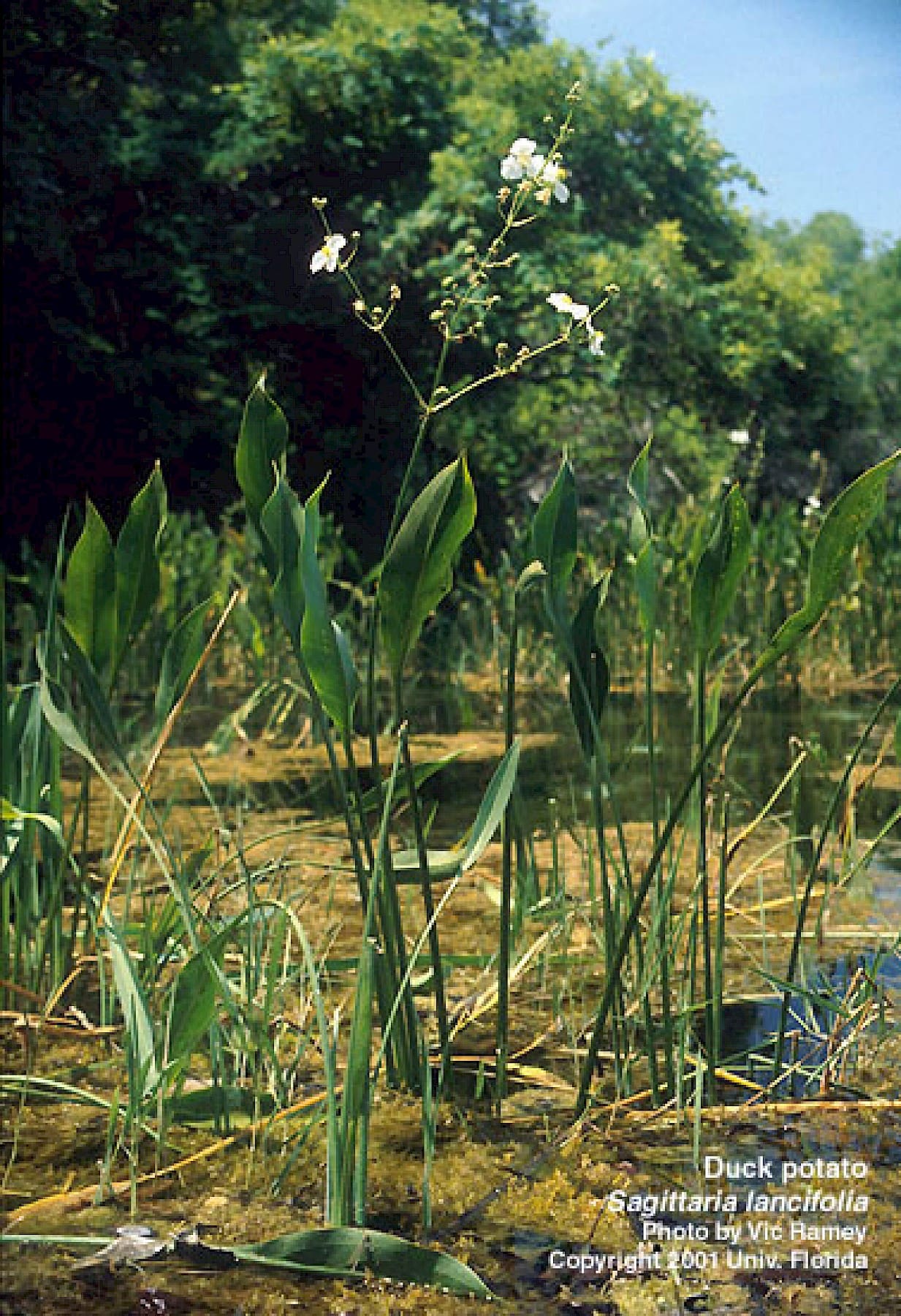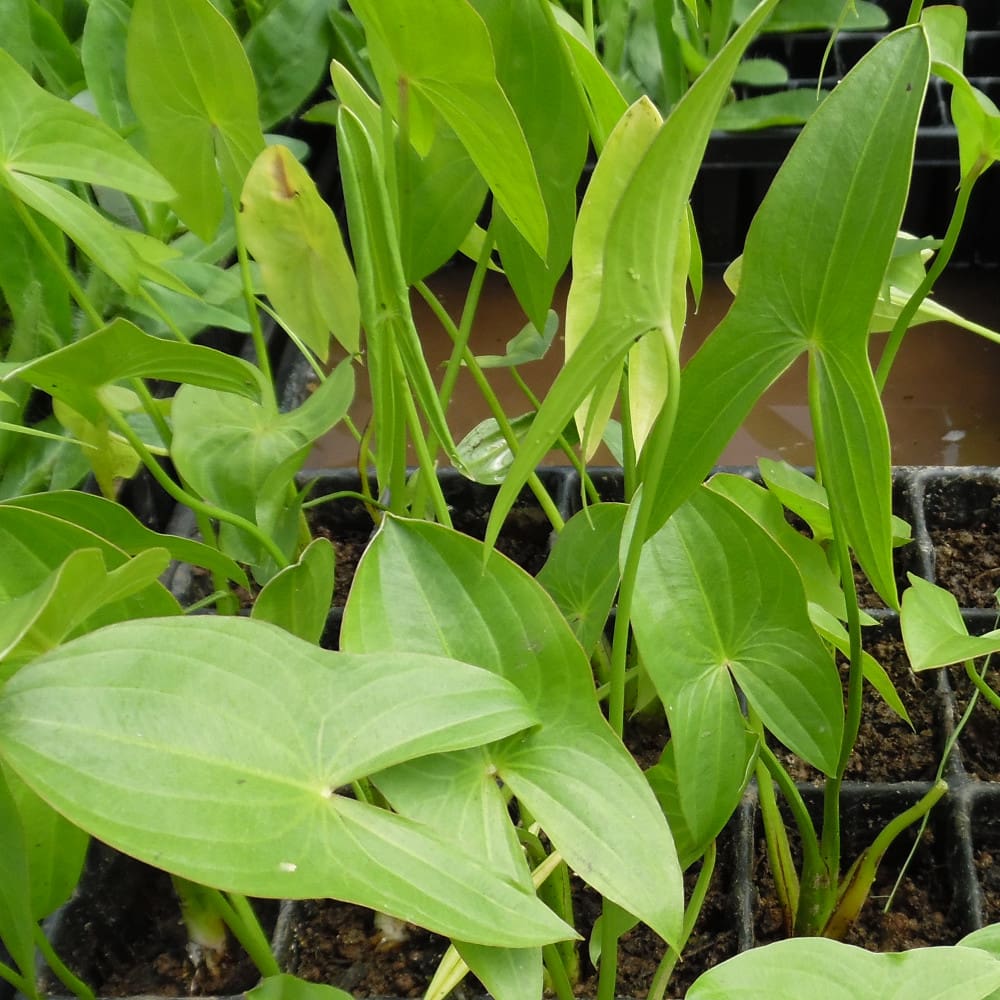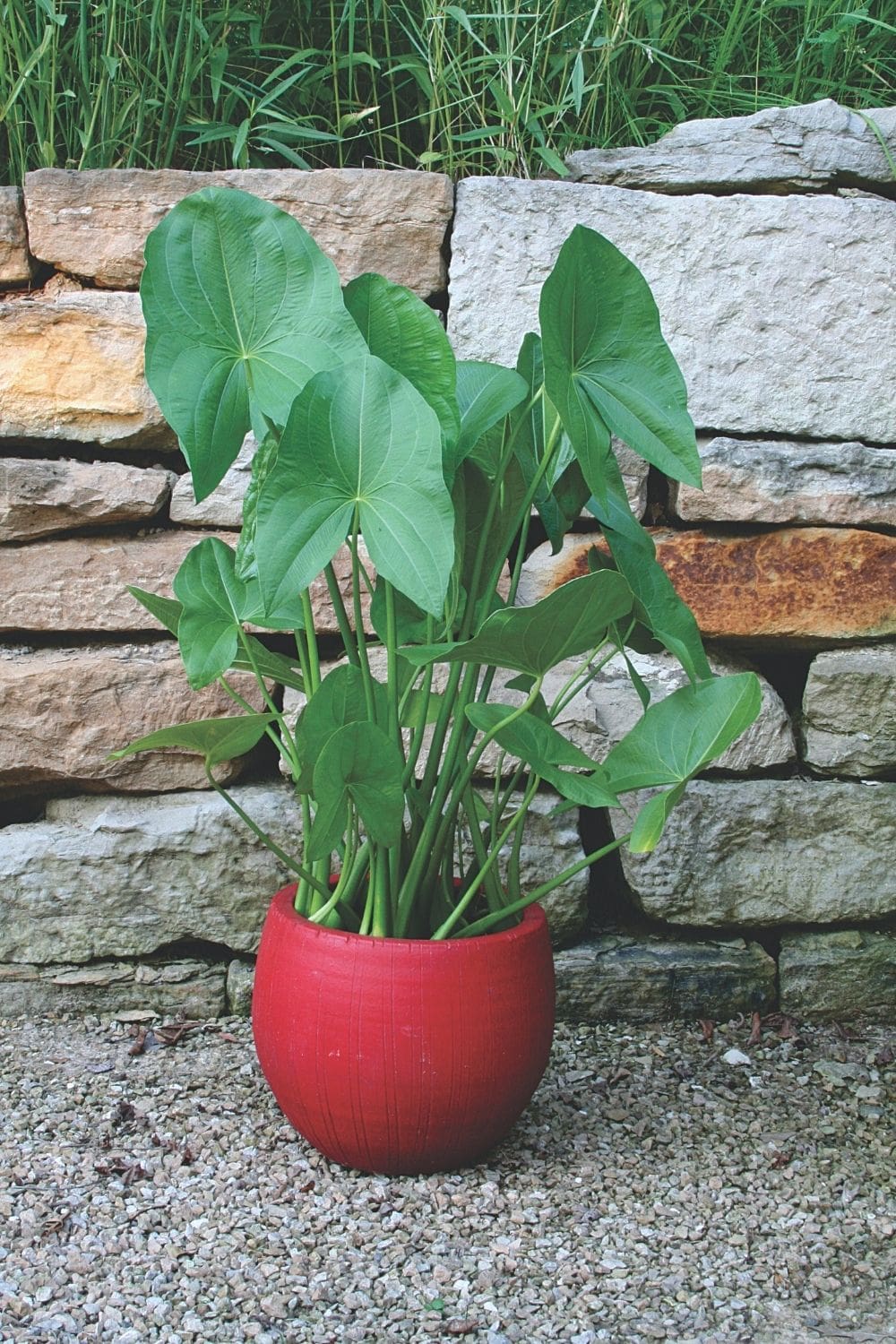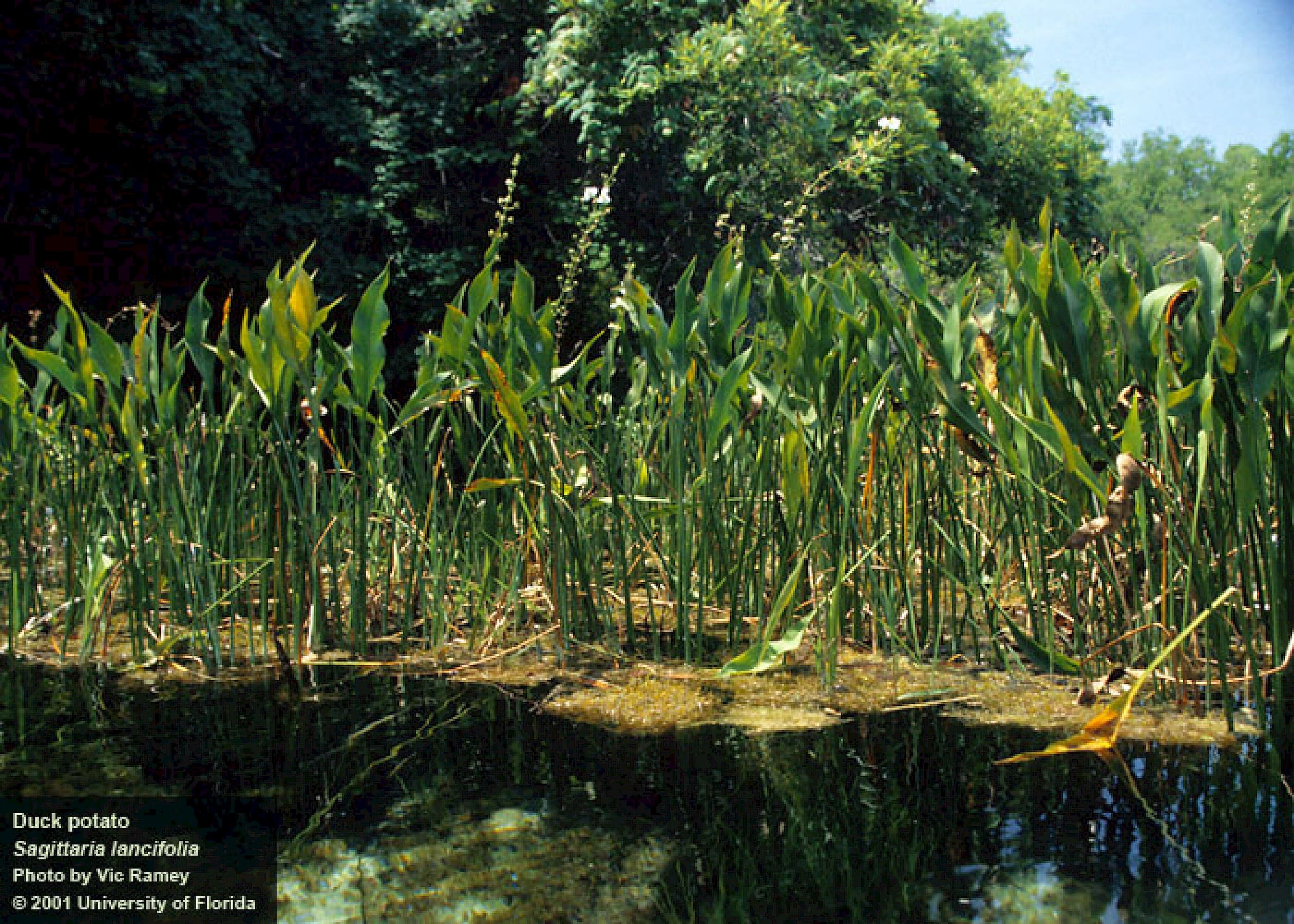In this rigorous exploration of botanical information, your attention will be focused on an ecologically intriguing entity popularly known as the Duck Potato. This aquatic plant, in all its biological profundity, has captured the interest of botanists and plant enthusiasts across the globe. The article will meticulously unravel the intricacies of the Duck Potato, shedding light on its nomenclature, habitat, physiological feature and its ecological values. Your understanding of this unique aquatic plant will be substantially enriched as the information drapes around your intellect like a woven tapestry of botanical knowledge. Expect to plunder the depths of the world’s aquatic flora as you turn your mind towards the Aquatic Plant Duck Potato.

Definition of Duck Potato
A general description of the plant
The Duck Potato is an aquatic plant notable for its distinct arrow-shaped leaves, white flowers, and large, potato-like tubers, earning it its name. This rapidly-growing perennial is indigenous to the Americas and prominently features in various ecosystems due to its adaptability and resilience.
Scientific name and classification
Sagittaria latifolia is the scientific name of the Duck Potato, named after its characteristic arrow-shaped leaves. This species belong to the Alismataceae (water plantain) family, which comprises of 96 species of flowering aquatic plants.
Common names besides Duck Potato
The plant is known by various names in different regions. Some of the common alternatives to Duck Potato include broadleaf arrowhead, Indian potato, and wapato, all of which make reference to its characteristics or traditional uses.
Physical Characteristics
Overview of the plant’s appearance
The Duck Potato plant is characterized by its unique arrow or heart-shaped leaves that are distinctly noticeable due to their glossy surface and bright green color. The plant presents itself on a stalk with multiple leaves alternately arranged.
Details about the leaves
Each leaf of the Duck Potato measures about 15 to 30 centimeters long and up to 20 centimeters wide, and usually occurs in clusters. They are predominantly arrow-shaped with pointed tips and are connected to the plant’s stem and tubers through long, slender petioles.
Description of the flowers and fruits
The plant typically blooms between July and September and produces beautiful three-petalled flowers that are white in color. These flowers grow in whorls of three around the stem. The fruits of the Duck Potato plant are small, round, and green, maturing into a brown color. They contain numerous tiny, flattened seeds.

Duck Potato Habitat
Typical environments where the plant is found
The Duck Potato plant is commonly found in different types of wetlands. They are especially prevalent in slow-moving or still bodies of water such as lakes, ponds, and marshes, and can also thrive in ditches and swamps.
Geographical distribution worldwide
While the Duck Potato plant is native to the Americas, it can be found in various parts of the world. Its adaptability and hardiness make it a common feature in temperate and tropical regions.
Preferred conditions such as water depth and sunlight
The Duck Potato prefers shallow water between 10 and 20 centimeters deep but can be found in water up to 60 centimeters deep. It thrives in full sun but can tolerate semi-shaded conditions relatively well, making it ideal for many climate conditions.
Lifecycle of Duck Potato
Stages of growth from seed to mature plant
The lifecycle of a Duck Potato begins as a seed dropped by a mature plant. This tiny seed overwinters in the moist soil, germinating with the arrival of warmer temperatures in spring. It quickly sprouts leaves and roots, developing into a mature plant over the course of the growing season.
Seasonal changes
Throughout the summer, the plant blooms and produces fruit. As winter arrives, the leaves and stems die back, leaving behind the hardy tuber, which remains dormant until spring when the cycle begins anew.
Average lifespan
Though the aboveground portion of a Duck Potato plant typically lives for a single growing season, its tuber can survive for several years, ensuring the plant’s longevity.

Ecological Role
Value for wildlife
The Duck Potato serves as a crucial food source for many wildlife species. Its seeds provide sustenance for a variety of waterfowl, while its roots and tubers are a preferred food for muskrats and ducks, hence its name.
Role in water purification
The plant plays a significant role in water purification by absorbing pollutants and excess nutrients from the water. It also helps to stabilize the soil, preventing erosion and sedimentation of water bodies.
Interactive relationships with other plants and organisms
In its natural habitat, Duck Potato often forms dense colonies which provide shelter for aquatic organisms, creating a micro-habitat of sorts.
Culinary Use of Duck Potato
Edible parts of the plant
The tubers of the Duck Potato plant are its most commonly consumed parts. They are rich in starch and can be cooked much like conventional potatoes.
Traditional dishes and recipes
Traditionally, indigenous societies prepared these tubers by roasting, boiling, or baking. They were also dried and ground into flour for making bread. Today, these tubers are an ingredient in various dishes like salads, stews, and soups.
Nutritional value and health benefits
Duck Potato tubers are highly nutritious, packed with beneficial carbohydrates, vitamins, and minerals. They also have a substantial fiber content that promotes digestive health.

Medicinal Properties
Historical medicinal uses
Historically, indigenous tribes used the Duck Potato as a remedy for a variety of ailments. The leaves were applied as poultices to wounds, and the tubers were consumed to treat indigestion.
Modern medicine and scientific research
While presently there is limited research on the medicinal properties of Duck Potato, preliminary studies suggest potential anti-inflammatory and antioxidant effects that could be beneficial for health.
Potential health risks or adverse effects
Like other plants, Duck Potato should be consumed in moderation to avoid potential allergies or side effects, especially if consumed raw. Always consult a healthcare provider for guidance on its use.
Cultivation and Care
Guidelines for planting and growing
Duck Potato is quite easy to grow, needing only wet soil or standing water and plenty of sunlight. The tubers can be planted directly into the ground or water in the late winter or early spring.
Pest and disease management
While generally resistant to pests and diseases, the plant may occasionally attract insects like aphids or face issues like root rot. Proper care in maintaining the plant’s health and monitoring for signs of damage can help to manage these problems.
Harvesting and storage
The tubers are typically harvested in fall, once the foliage has died back. They should be stored in a cool, dry place, where they can be kept for several months.

Cultural Significance
Importance of the plant in different societies
In several indigenous societies, the Duck Potato holds significant value as a source of nourishment and medicine. Beyond that, the plant also has ornamental value due to its beautiful flowers and unique leaves.
Involvement in folklore, myths, or symbols
In certain Native American legends, the Duck Potato was considered a symbol of prosperity due to its ability to provide sustenance.
Commercial value for decorative purposes or products
Today, the plant is often used in water gardens and ponds for decorative purposes. Its high adaptability and low maintenance make it a popular choice among garden enthusiasts.
Conservation Status and Environmental Threats
Current conservation status
Due to its wide distribution and adaptability, the Duck Potato plant is not currently considered to be at risk according to the International Union for Conservation of Nature (IUCN).
Potential threats and environmental concerns
Despite its widespread presence, the plant faces threats from habitat loss due to lake drainage and pollution. Additionally, overharvesting for food or ornamental purposes can potentially contribute to a decrease in population.
Conservation efforts and responsible practices
Conservation efforts focus on preserving wetland habitats and implementing responsible harvesting practices. The important roles it plays in ecosystems and human cultures make preserving the Duck Potato an ecological and cultural priority.